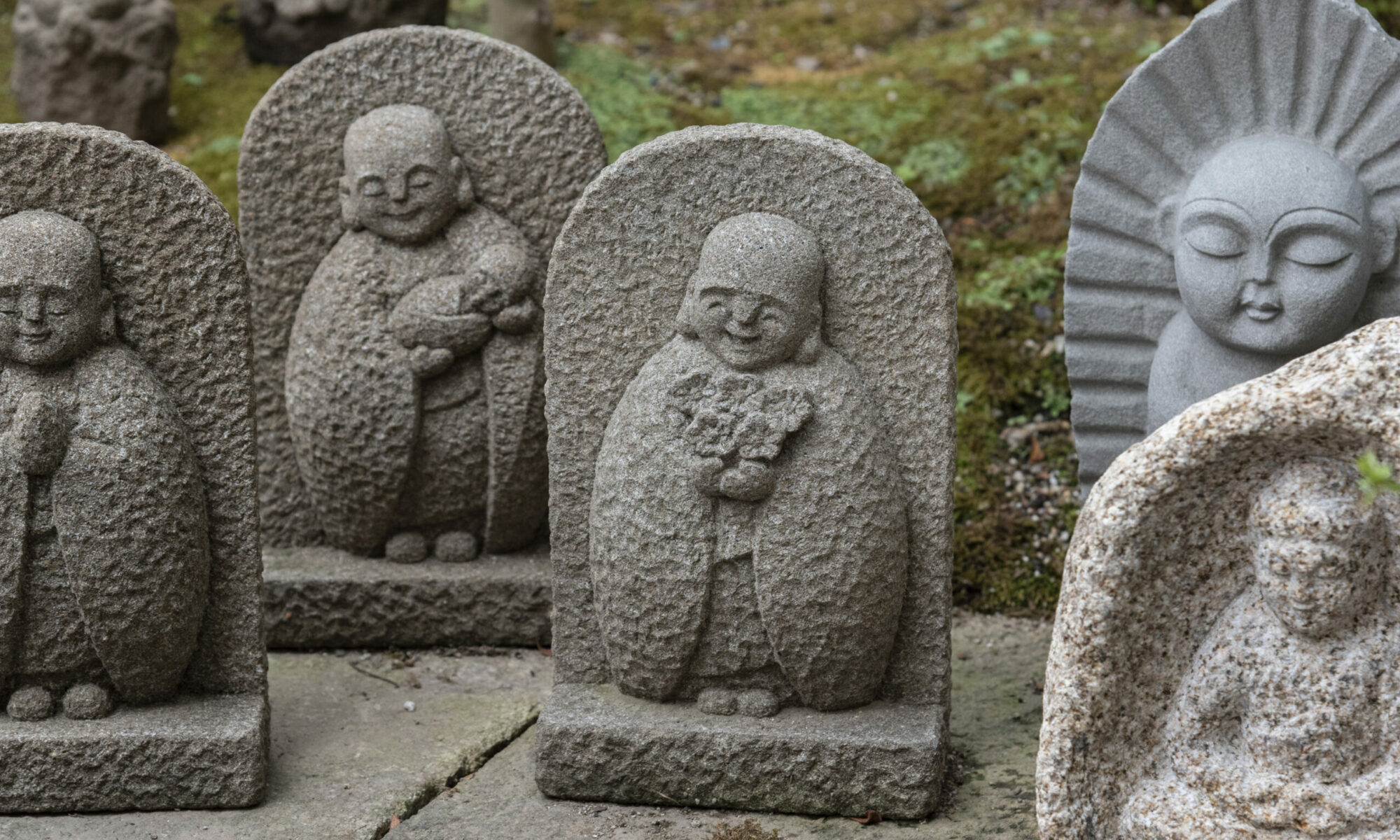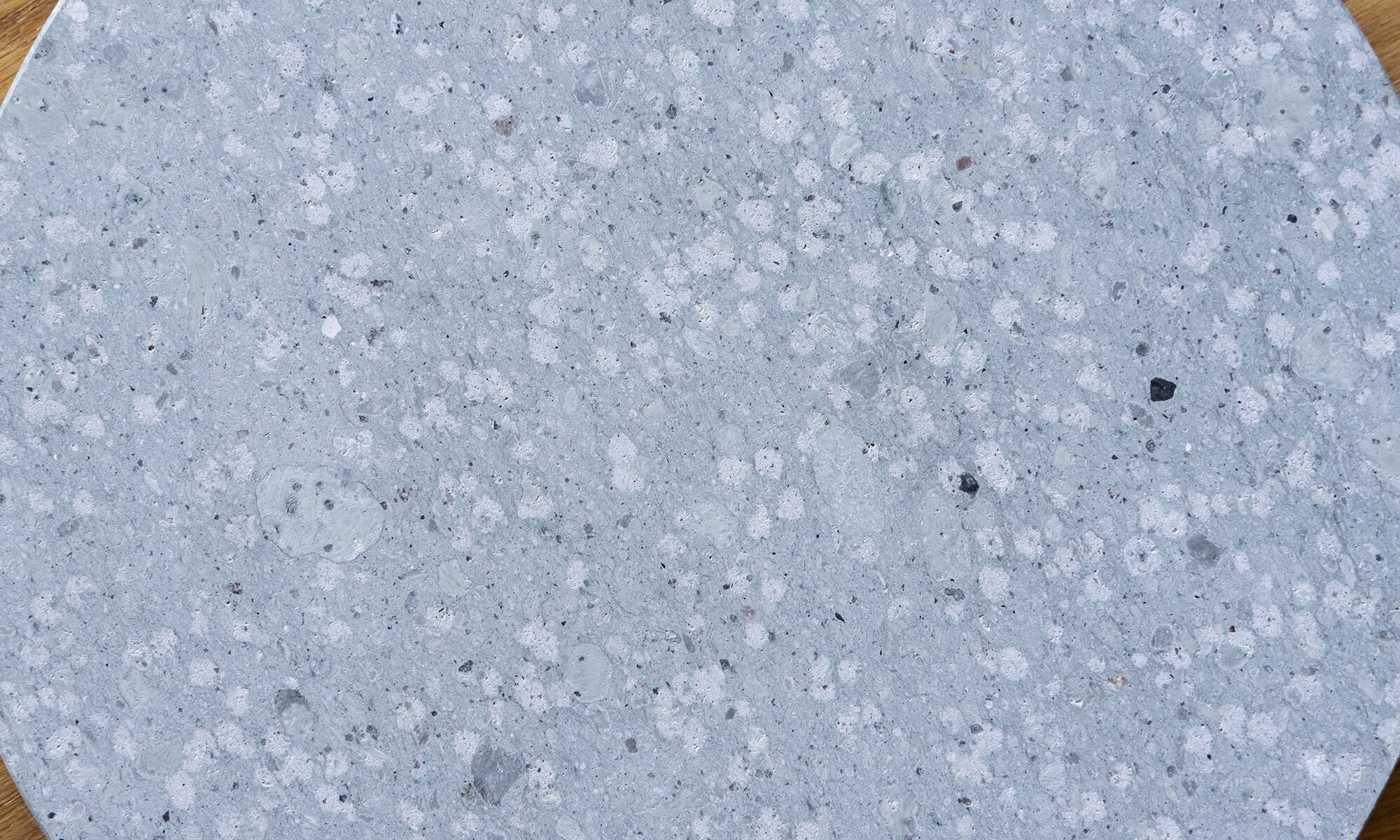ISHIMO’s mission is to convey Japan’s stone culture to people and connect it to the future. In our series, exploring the charm of stones, we introduce various domestic stones handled by ISHIMO. Through stone, take the opportunity to explore Japan’s environment and culture and rediscover its beauty.
On today`s blog, we will be excavating Tatsuyama stone, uncovering its characteristics and timelessness.
What is Tatsuyama Stone?
Tatsuyama stone (たつやまいし) is characterized by its soft, pale blue and yellow hues and is mined in Takasago City, Hyogo Prefecture. With a history of quarrying dating back 1,700 years, it has been used in various ways throughout different eras. During the Kofun period (300 to 538 AD), it was favored by powerful rulers and clans to be used for stone coffins. Later, it was used in stone art, such as five-story pagodas and stone Buddhas, as well as in construction materials for extraordinary structures like Himeji Castle and Akashi Castle. In modern architecture, Tatsuyama stone can also be found in prominent sites such as the Imperial Palace’s Fukiage Garden in Kyoto, the National Diet Building in Tokyo, and the Sumitomo Bank headquarters—a major national bank—as well as in many shrines and temples across Japan. The diverse uses of Tatsuyama stone across time showcase its uniqueness and enduring charm.
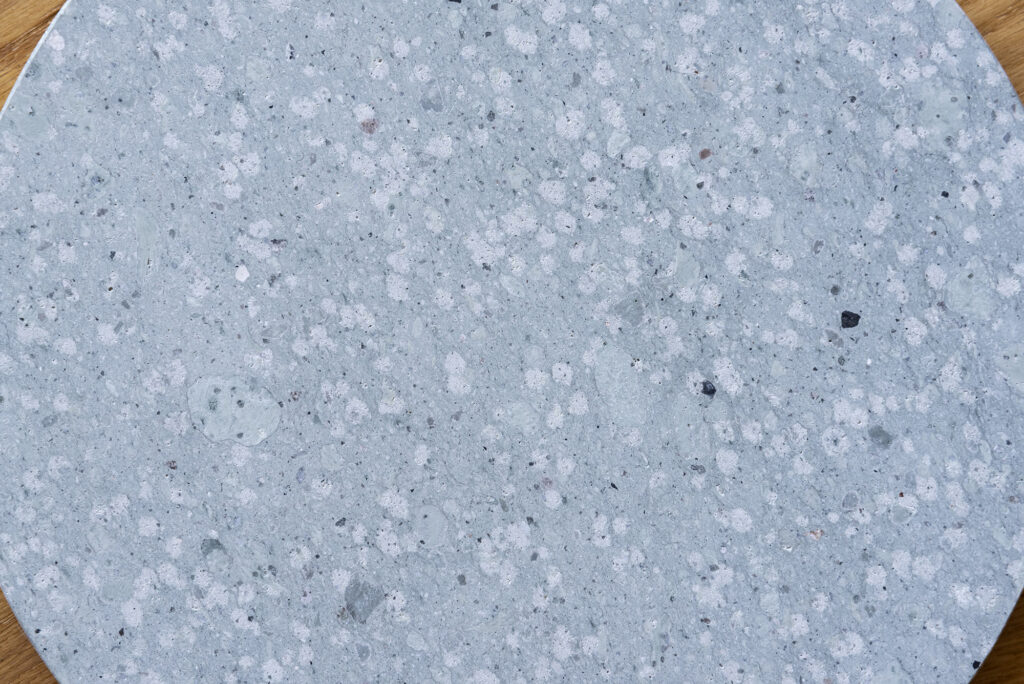
Pastel Tones and Soft Texture
Tatsuyama stone is known for its pastel hues, with three distinct colors produced from the same quarry: blue, yellow, and red, referred to as “Aoryu Stone,” “Kiryuu Stone,” and “Akaryu Stone,” respectively. The red variety is now extremely rare, as it is hardly mined anymore. All three colors exhibit a soft and gentle palette. When processed with water polishing, the stone achieves a smooth, matte texture, creating an elegant and delicate finish.
Yeilding Nature
Due to its relatively soft texture and uniform consistency, Tatsuyama stone is easy to carve and has been favored for intricate stone art. Unlike many other stones, Tatsuyama stone is less prone to cracking, even when made thin, making it suitable for creating lightweight and delicate products.
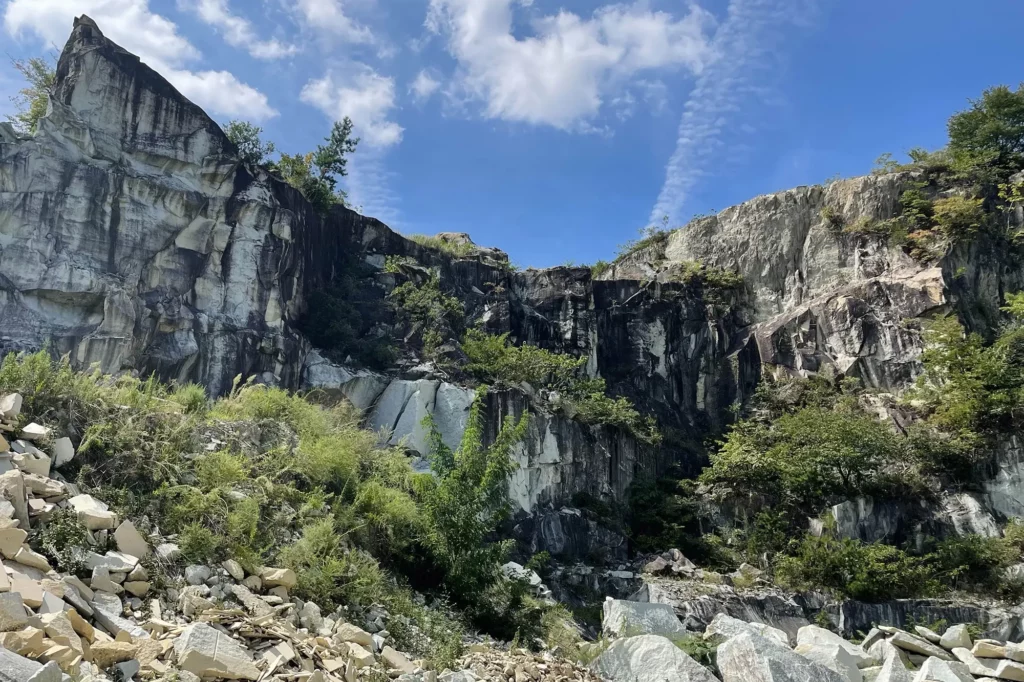
Elemental Resistance
Tatsuyama stone originates from magma that rapidly cooled under lake water, which contributes to its excellent acid resistance and durability against weathering. This makes it a popular choice for outdoor architectural stone. Additionally, its fire-resistant properties allow it to be used in stone ovens and fireplaces.
Water Absorbent
Tatsuyama stone has notable water absorption properties, allowing water droplets to easily permeate its surface. Taking advantage of this property, ISHIMO produces coasters and drying plates made from Tatsuyama stone. For items where oil absorption is unwanted, we apply a plant-based waterproof treatment, please note that the waterproof effect may diminish over time.
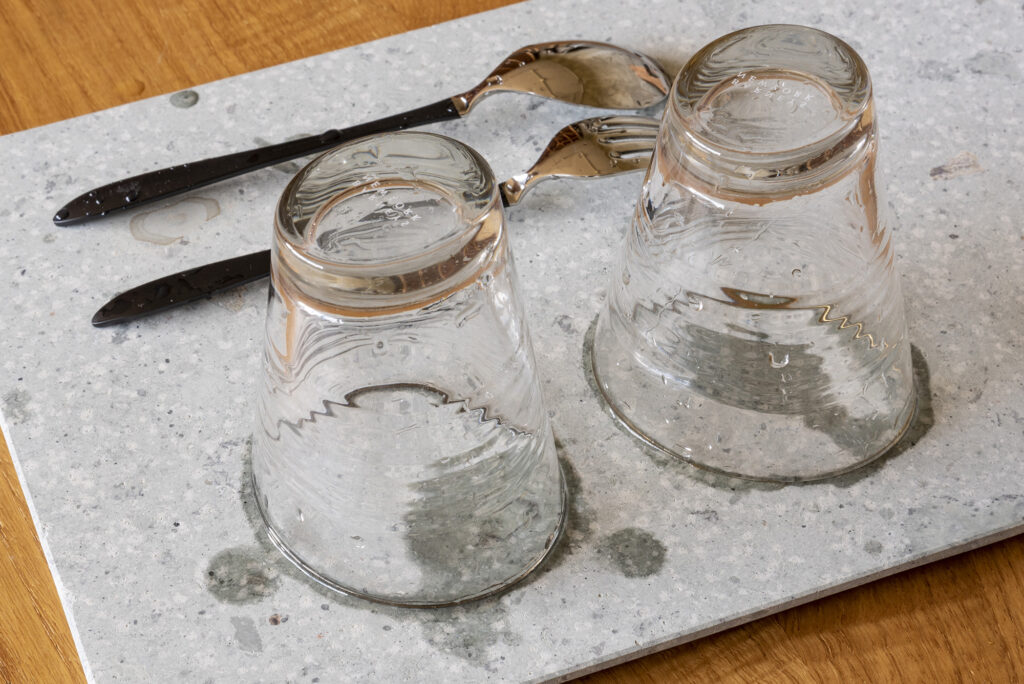
Tatsuyama stone continues to be cherished by people across generations for its unique beauty and diverse uses. Take some home with you and enjoy the wonder of this endearing stone.
ISHIMO carefully selects only the most high-quality stone materials from domestic production areas, offering products crafted by traditional artisans and skilled stone masons who continue to uphold traditional techniques passed down through generations. We have a wide selection of Tatsuyama stone coasters and plates available, so please take a moment to explore our online shop!
